Reviewed by Corey Noles
Smartphone manufacturers are making a fascinating pivot. After years of racing to pack as many cameras as possible into their devices—chasing ever-higher megapixel counts and adding lens after lens—the industry is now embracing a more sophisticated approach. What you're witnessing is the emergence of quality-first camera design, and this shift represents more than just a trend. It's a fundamental reimagining of what mobile photography can achieve.
What's driving the quality-first approach?
The move toward camera quality isn't happening in a vacuum. CNET confirms that smartphones are choosing quality over quantity when it comes to cameras, with manufacturers recognizing that nearly all phones can take a decent photo now. But here's what's really interesting: instead of adding more cameras, they're making each lens significantly more capable.
9meters reports that smartphone manufacturers continue to push the boundaries of mobile photography, with top brands like Apple, Samsung, and Google competing to deliver exceptional camera performance in their flagship devices. CNET explains that top phones tend to have a variety of lenses, including an ultrawide and a telephoto with 5x optical zoom, and use larger image sensors and camera features for AI-powered computational photography.
Samsung's Galaxy S25 Ultra perfectly exemplifies this new philosophy. Tom's Guide highlights its AI ProVisual Engine that enhances performance and versatility, making it the best camera phone overall. What's particularly compelling is how this quality approach is democratizing great photography—even budget options like the Pixel 9a at $499 produce terrific photos thanks to AI features that enhance images, as Tom's Guide notes.
The hardware evolution behind better photos
Let's break down what "quality over quantity" actually means in hardware terms. The transformation starts with sensor technology—9meters points out that the Samsung Galaxy S24 Ultra boasts a powerful 200MP main sensor, delivering exceptional detail and clarity in photos. But this isn't about megapixel wars returning; it's about sensor sophistication.
Glass Imaging reveals that larger sensing areas and more photons improve image quality significantly. This is why manufacturers are investing in bigger, more capable sensors rather than simply adding more small ones. The iPhone 16 Pro demonstrates this approach beautifully—Tom's Guide notes that improvements to its rear cameras, zoom lens, and low-light photos make it the top iPhone camera phone.
Modern lens engineering represents another quantum leap. Ansys explains that modern requirements for miniaturized, lightweight optical systems have led to the use of aspherical plastic lenses placed into precise orientation. These advances allow manufacturers to achieve superior image quality without simply cramming more cameras into devices. The key insight? Each component is engineered to work harder and smarter, not just occupy more space.
Smart lens strategies: fewer but better
Here's where the industry's maturity really shows—manufacturers are making strategic choices about camera configurations rather than following a "more is always better" approach. Google's strategy with the upcoming Pixel 10 is particularly revealing. PhoneArena reports that Google is expected to add a third, zoom camera to its base flagship for the first time ever, but they're taking a smart, hybrid approach to macro photography—automatically switching between its new telephoto and ultra-wide cameras based on how close you are to the subject.
This reflects a deeper understanding of real-world photography needs. PhoneArena explains that most ultra-wide cameras, especially on non-Pro phones, suffer from weaker image quality and distortion. Instead of accepting mediocre performance just to boost the camera count, manufacturers are designing systems where one high-quality camera can handle multiple scenarios excellently.
Samsung's Galaxy S25 Ultra demonstrates this evolved thinking perfectly. Yahoo Tech confirms that it finally upgrades from a 12-megapixel ultra-wide to a 50-megapixel unit, providing both better wide-angle shots and macro photography capabilities. This represents the new smartphone camera philosophy in action: one camera doing two jobs exceptionally well, rather than two cameras doing each job adequately.
The computational photography revolution
The hardware improvements tell only half the story—the real game-changer is how quality sensors are married with powerful AI processing to create something greater than the sum of their parts. CXOTalk reveals that AI engines on phones are able to handle full resolution compute, opening up possibilities for doing innovative and impactful things.
This computational approach transforms what's possible with smartphone photography. Seo Goover explains that computational photography algorithms have advanced significantly, allowing smartphones to optimize image outputs automatically based on shooting conditions. This means a single, high-quality sensor with intelligent processing can often outperform multiple lower-quality cameras—which perfectly supports the quality-first approach.
CXOTalk describes computational photography as combining various captures together, pushing the limits on hardware capabilities, and designing new kinds of hardware that benefit from algorithms to get better finished images. 9meters notes that AI enhances the S24 Ultra's camera capabilities, resulting in improved low-light performance and more accurate colors.
The magic happens when sophisticated hardware meets intelligent software. Instead of relying purely on optical elements to capture the perfect shot, smartphones now use real-time AI optimization for every image, making fewer, better cameras more capable than arrays of mediocre ones.
Where quality-first design is heading
The evidence is mounting that we're witnessing a genuine transformation in smartphone camera development. Visual Capitalist reports that modern smartphones have become so sophisticated that Sony's semiconductor manufacturing CEO predicts smartphone cameras will soon produce better quality images than DSLR cameras. That's not just marketing hype—the technological trajectory supports this bold prediction.
Different manufacturers are implementing the quality-first philosophy in fascinating ways. ZDNET found that the Oppo Find X8 Ultra performs better than Samsung's rival in almost every scenario, thanks to bigger sensors on four 50MP cameras rather than cramming in more, smaller sensors. Notice the approach—four cameras, but each one substantial and purpose-built for excellence.
Samsung's roadmap provides another telling example of industry evolution. PhoneArena suggests that Samsung's upcoming Galaxy S26 Ultra will focus on brighter lenses rather than adding more cameras, with reports indicating a brighter main lens that will likely improve indoor and night photography. They're enhancing capability, not expanding quantity.
Bottom line: we're witnessing the smartphone camera industry's maturation from adolescence to sophisticated engineering. The days of cramming as many cameras as possible into a phone are giving way to thoughtful design where each component serves a specific purpose and excels at it. This isn't just a trend—it's the future of mobile photography, where intelligent engineering trumps spec sheet bragging rights and produces genuinely better results for users.




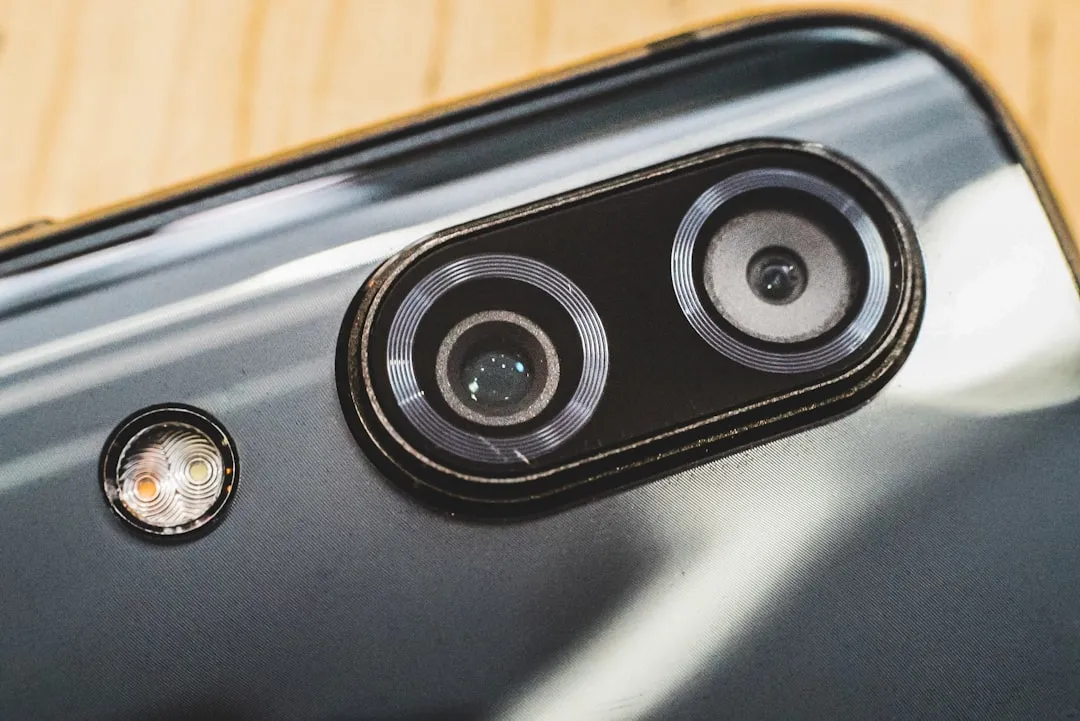


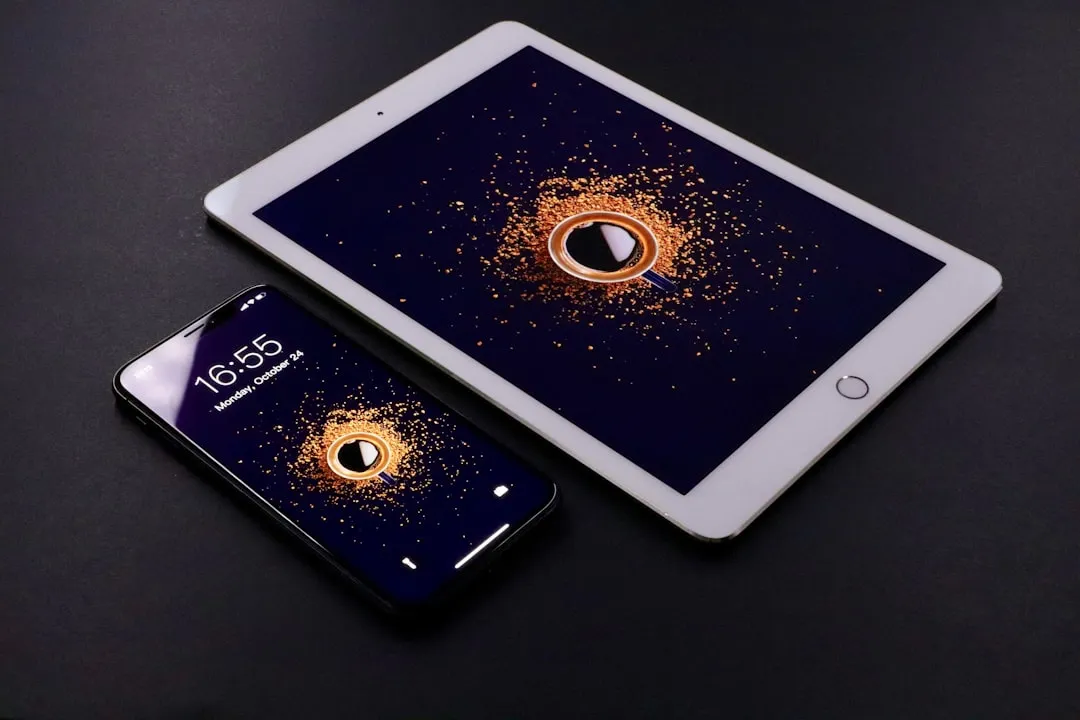
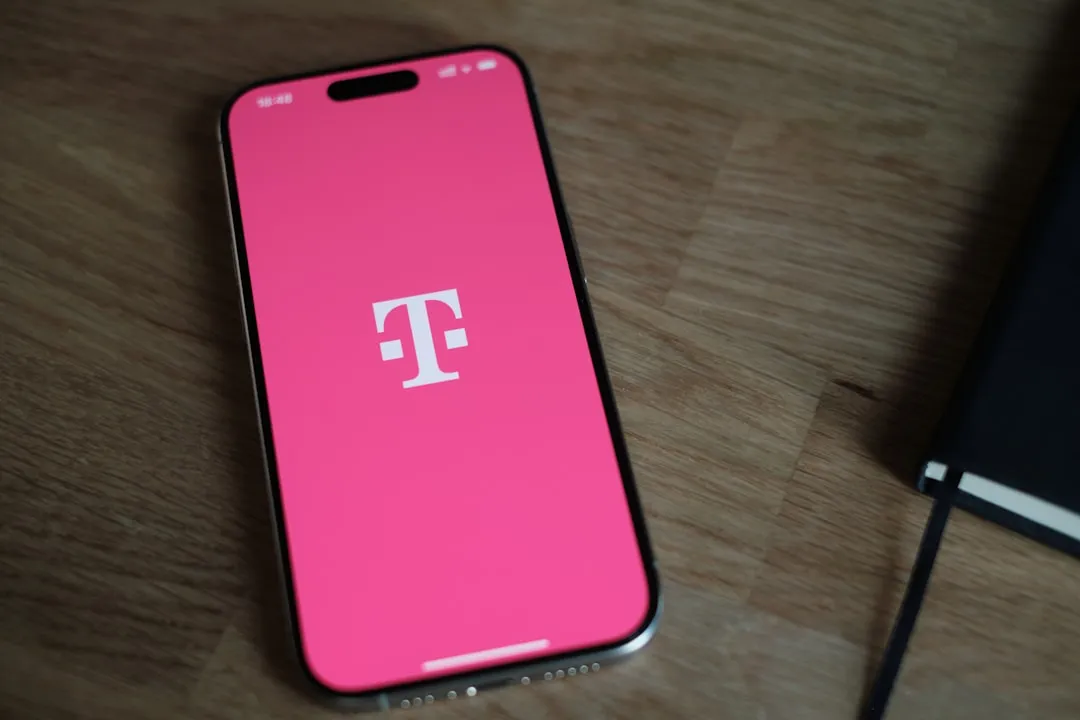
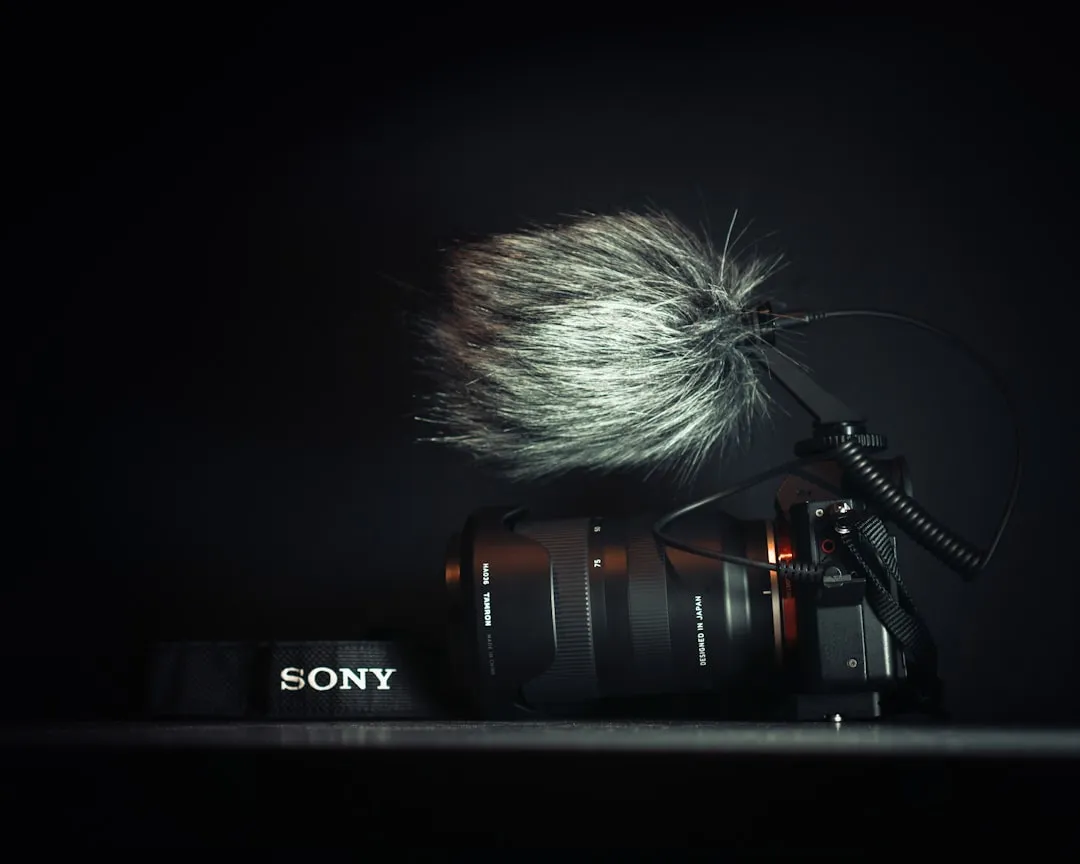
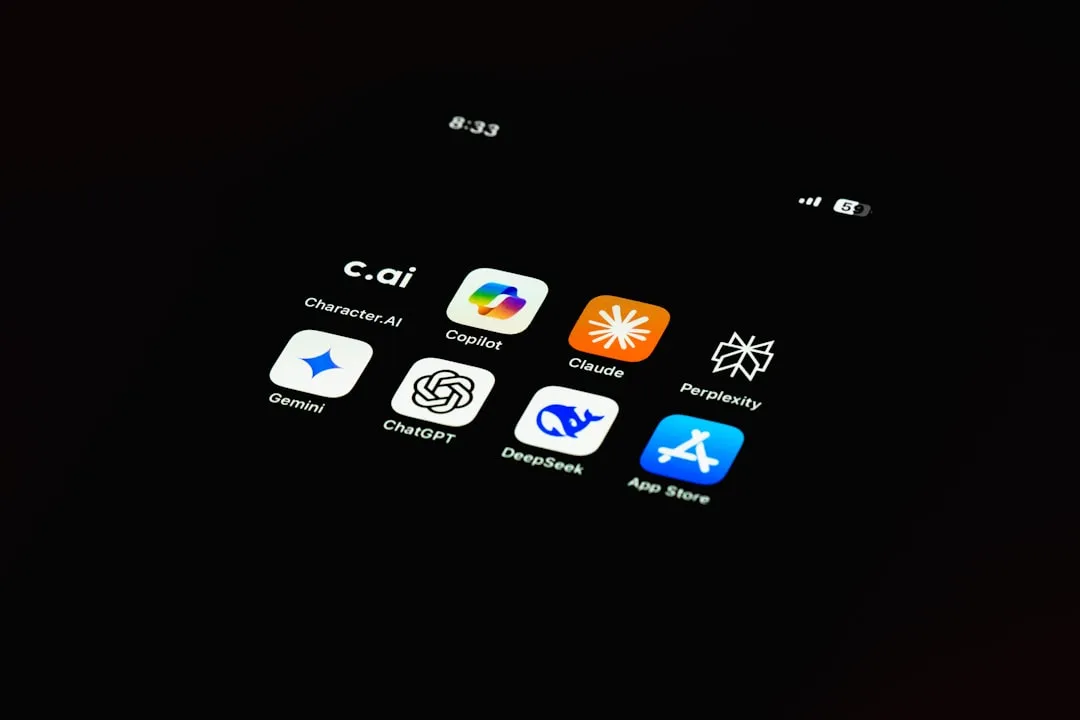


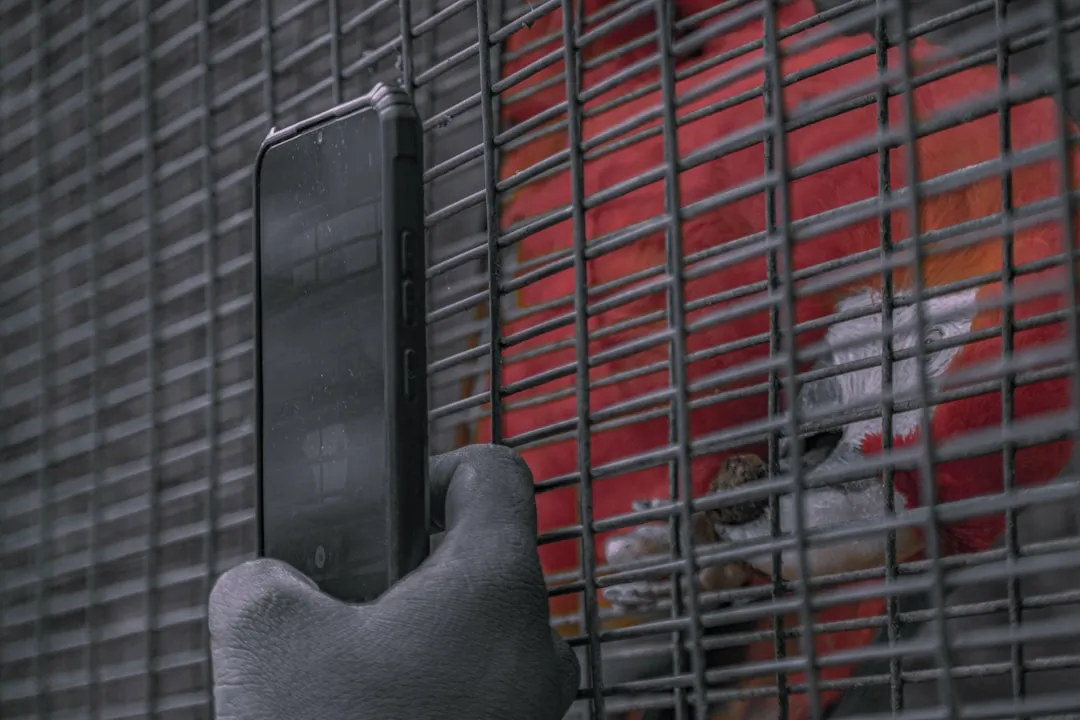

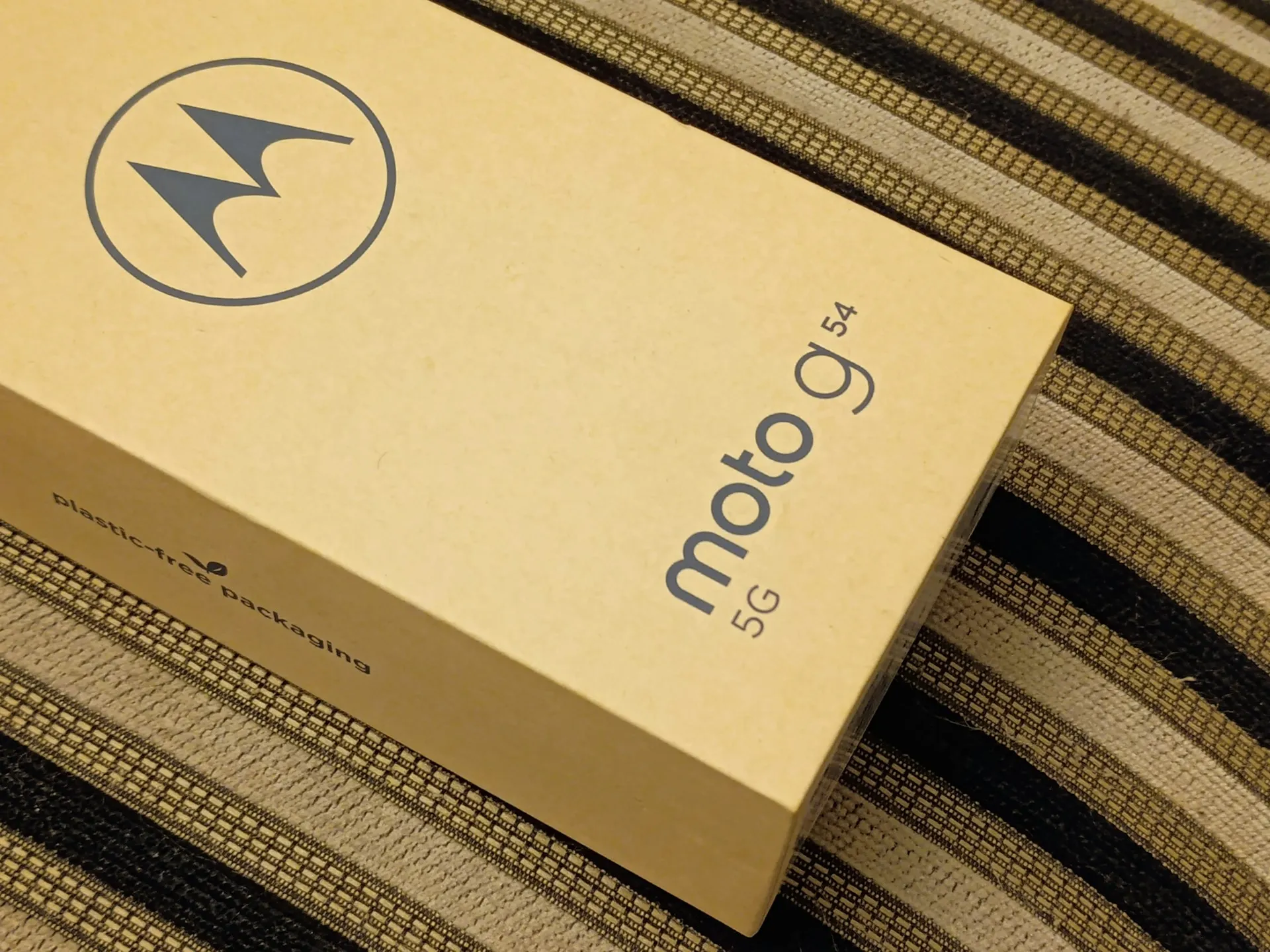
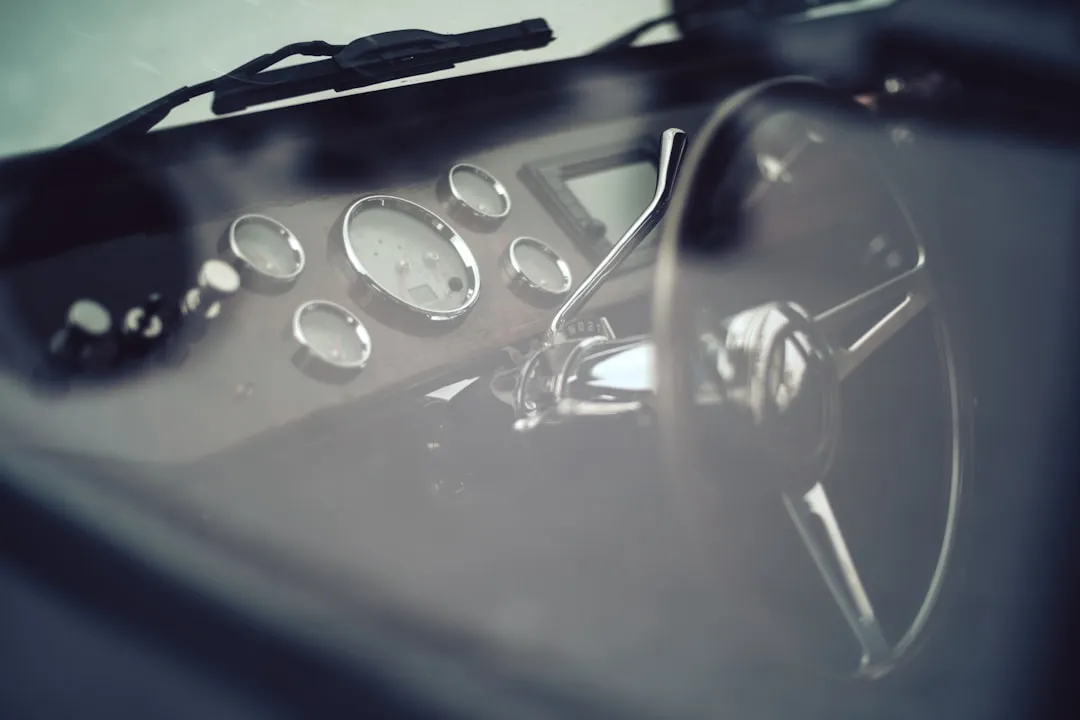
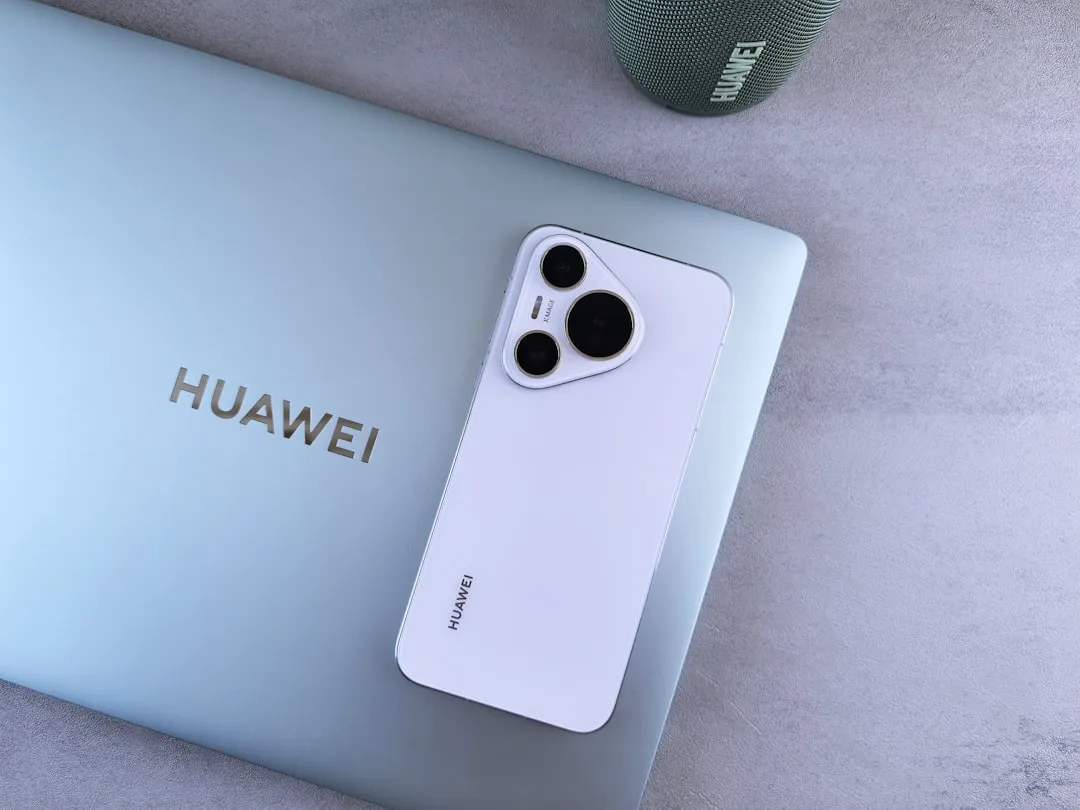
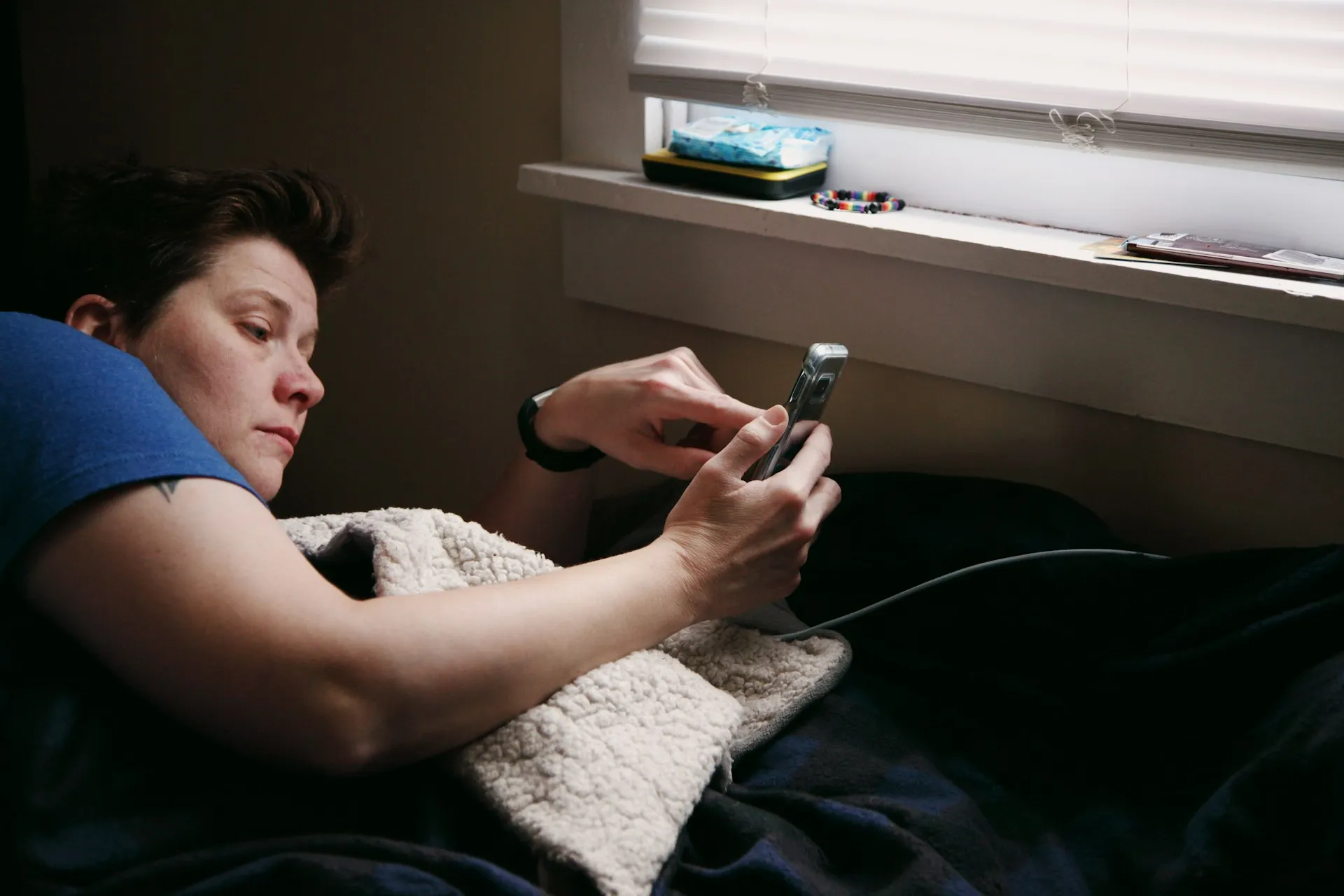

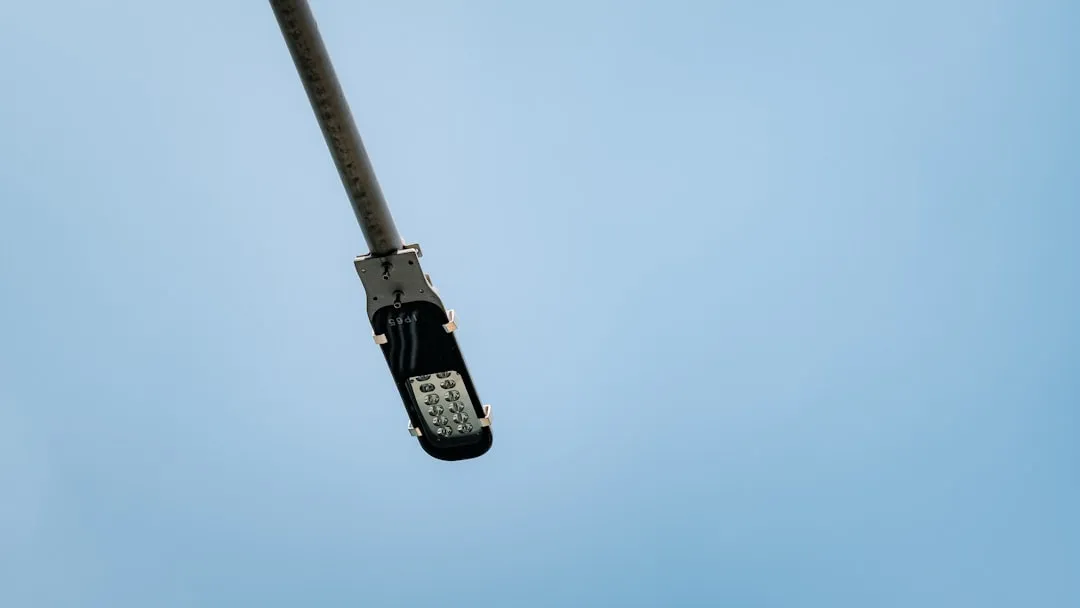

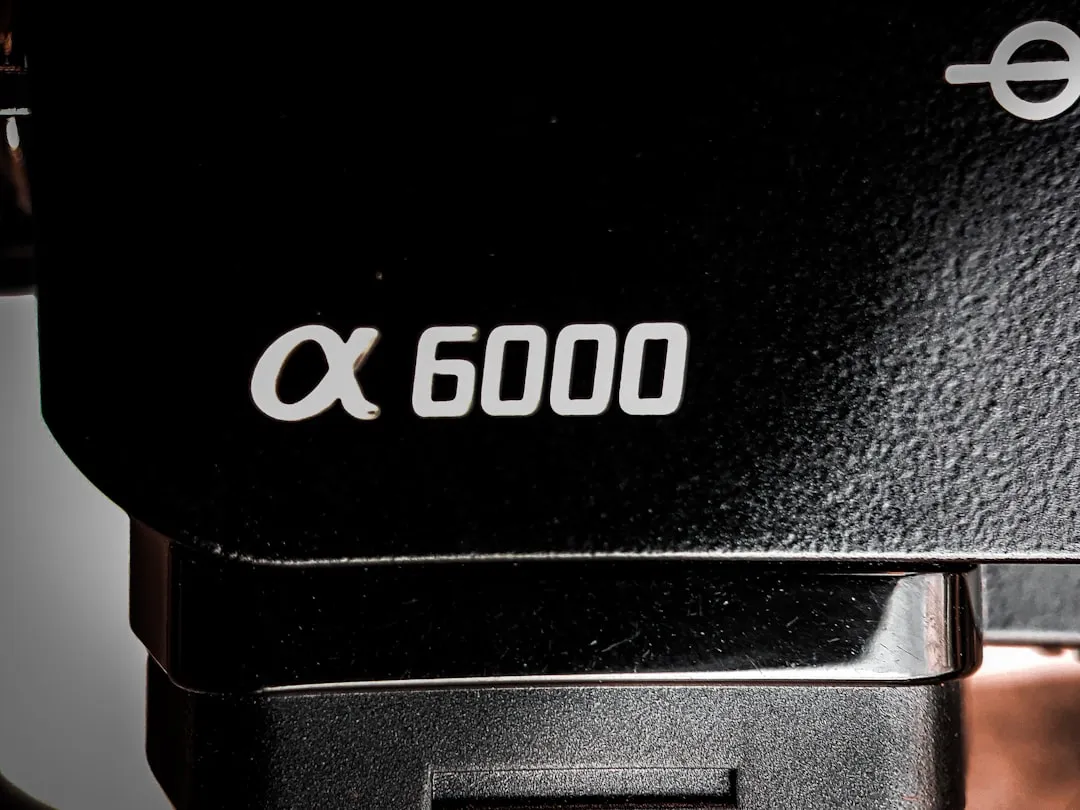


Comments
Be the first, drop a comment!